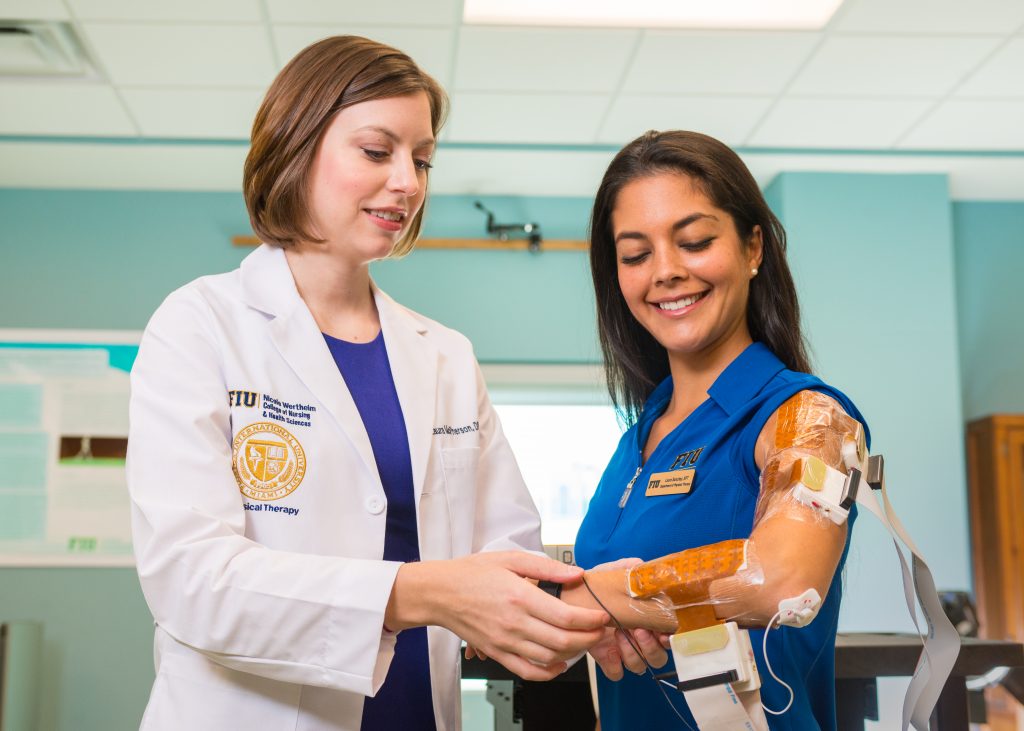Research

In the Systems Neuroscience and Rehabilitation Lab, we investigate the ways in which the central nervous system controls movement through study of the motor unit: the key structure that transforms neural commands that converge upon it in the spinal cord into motor output through the generation of muscle force.
Analysis of motor unit discharge patterns provides us with a remarkable window into how the central nervous system controls movement in the intact nervous system as well as the changes in neural control of movement that accompany motor dysfunction following neurological injury.
We measure motor unit discharge non-invasively in humans using high-density surface EMG recordings coupled with an automatic decomposition algorithm (Negro et al., 2016), which we can currently do in up to 6 muscles simultaneously. The development of this advanced technology enables us to address scientific and clinical research questions that were previously infeasible.
Using this approach, we are currently studying discharge of motor unit populations in individuals with multiple sclerosis and those who have had a stroke. Our short-term goals are to quantify and characterize the ways in which neural drive to muscle is altered these conditions, and to evaluate the ways in which pathologic motor unit discharge is associated with typical motor deficits. The long-term goals of our work are to increase patient function by (1) informing the development of targeted, personalized interventions, (2) by elucidating physiologic changes associated with current interventions, and (3) by providing sensitive disease monitoring tools.